Ground shipping is currently paused. Local deliveries throughout Long Island will continue as usual. Pre-orders for fall are now open. Non-local orders will begin shipping again in early September. Click here to learn more.
Ground shipping is currently paused. Local deliveries throughout Long Island will continue as usual. Pre-orders for fall are now open. Non-local orders will begin shipping again in early September. Click here to learn more.
| Size | |
|---|---|
| Common Name | |
| Type | |
| Family | |
| Native? | |
| Zone | 4, 5, 6, 7, 8, 9 |
| Height Range (ft.) | 75 to 100 |
| Spread (ft.) | 50 to 70 |
| Bloom Time | |
| Bloom Description | greenish flower clusters, inconspicuous, rounded, Small |
| Sun | |
| Water | |
| Maintenance | |
| Suggested Use | Erosion Control, riparian zones, Shade Tree, urban landscaping |
| Tolerate | |
| Attracts | |
| Growth Rate |

American Sycamore is a massive native shade tree with peeling bark and broad leaves. Ideal for parks, riparian buffers, and erosion control projects.
$25.99 – $149.99Price range: $25.99 through $149.99
Please note: Sizes 1.5 Gallon and up can’t be shipped outside the counties of Nassau, Suffolk, and Queens.
Learn more about how the process works and how our plants are delivered.
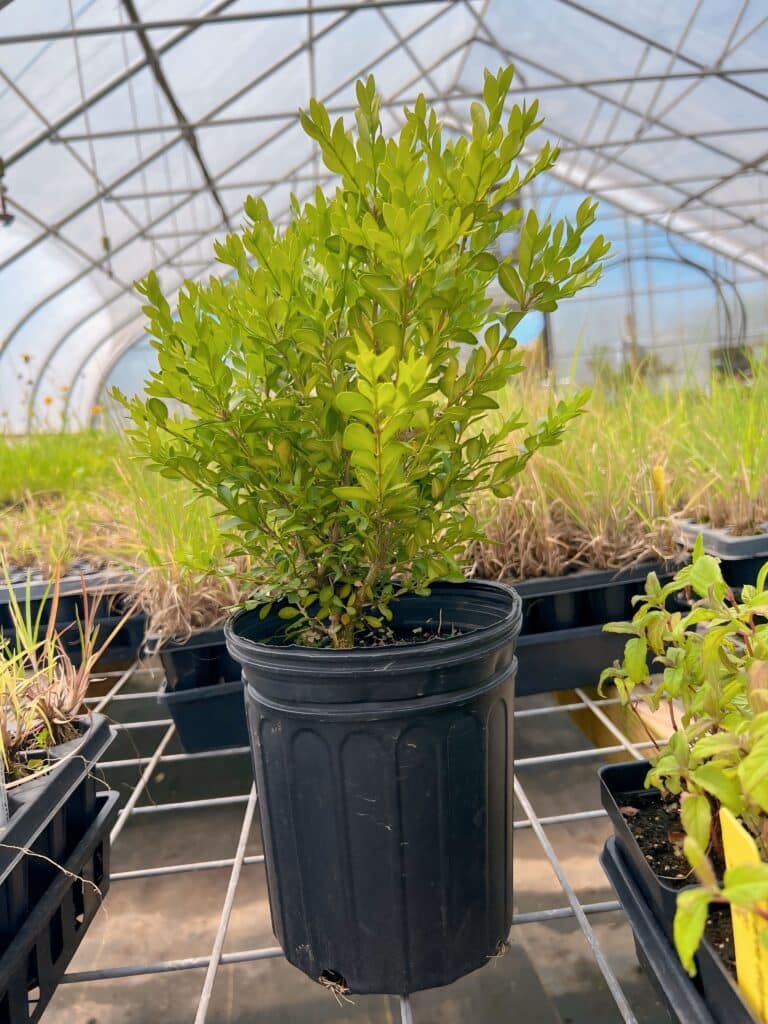

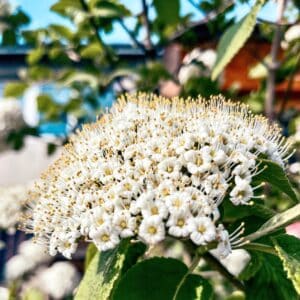
Ground shipping is paused due to summer heat. Only local delivery (Long Island & Queens) is available. Orders placed during the pause will begin processing September 1, and ground shipping will resume September 15.
| Size | |
|---|---|
| Common Name | |
| Type | |
| Family | |
| Native? | |
| Zone | 4, 5, 6, 7, 8, 9 |
| Height Range (ft.) | 75 to 100 |
| Spread (ft.) | 50 to 70 |
| Bloom Time | |
| Bloom Description | greenish flower clusters, inconspicuous, rounded, Small |
| Sun | |
| Water | |
| Maintenance | |
| Suggested Use | Erosion Control, riparian zones, Shade Tree, urban landscaping |
| Tolerate | |
| Attracts | |
| Growth Rate |
Platanus occidentalis, commonly known as American Sycamore, is a massive native deciduous tree recognized for its distinctive white, gray, and brown peeling bark and broad, spreading canopy. Reaching heights of 75 to 100 feet with an equally wide spread, this fast-growing tree is ideal for parks, large landscapes, and streambank stabilization.
American Sycamore produces inconspicuous flowers in spring, followed by round seed balls that persist into winter. Its large leaves create dense shade, while its extensive root system helps control erosion along waterways. As a native tree, it provides essential habitat and food for birds, mammals, and pollinators. Its towering presence and striking bark make it a standout in any naturalized landscape.
/5
Total reviews
|
|
Persons recommended this product
Anonymous
Shopper
check_circle Verified
Shop owner replied
Was this helpful
Anonymous
Shopper
check_circle Verified
Shop owner replied
Was this helpful
There are no reviews yet.
Be the first to review “ ”
Your feedback helps us improve our service.
Please log in to submit a review.


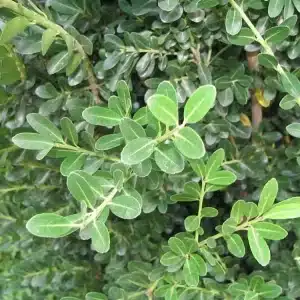
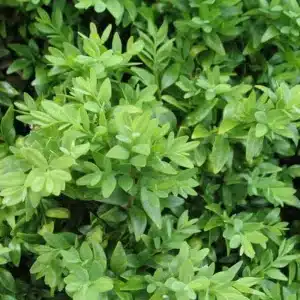

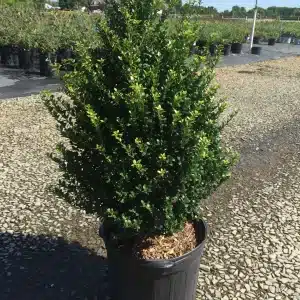

American Sycamore is a massive, fast-growing deciduous tree, typically reaching 75 to 100 feet tall, with a spread of 70 to 90 feet. In ideal conditions, it can grow even larger. Its broad canopy and towering height make it a popular choice for shade trees in parks, open landscapes, and along riverbanks.
American Sycamore thrives in full sun, requiring 6 or more hours of direct sunlight daily. It prefers deep, moist, well-drained soils, especially along streams, rivers, and bottomlands, but it is adaptable to a range of soil conditions, including clay and compacted soils. It tolerates periodic flooding and urban pollution, making it suitable for urban planting in spacious areas.
The American Sycamore is famous for its exfoliating bark, which peels away in irregular patches to reveal a mottled mix of white, cream, green, and gray tones underneath. This smooth, light-colored bark makes it instantly recognizable, especially in winter when the tree is bare.
Absolutely! Its seeds, found in fuzzy round balls, are eaten by finches, squirrels, and other wildlife. The large canopy provides nesting sites and shelter for birds and small mammals, and its hollow trunks in older trees often provide denning sites for animals like owls and raccoons.
American Sycamore is generally tough and resilient, but it can be susceptible to anthracnose, a fungal disease that causes leaf drop in spring, and to sycamore lace bug in some areas. Despite these issues, healthy, established trees typically recover well. It’s also deer-tolerant, though young saplings may need protection.
Our gift cards make it easy to share the beauty of plants, flowers, and all things green. Whether for a special occasion or just because, give the gift of choice and let them select their favorites to create a garden they’ll cherish.
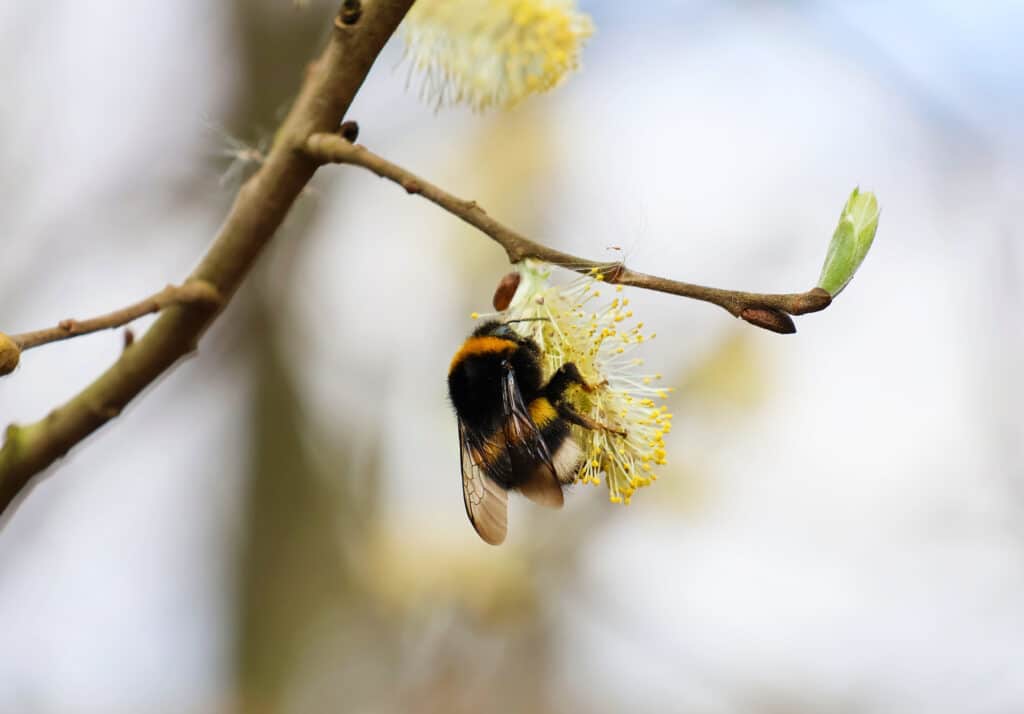
Only Local Delivery Available (Long Island & Queens)
Ground Shipping Paused
To protect our plants from extreme summer heat, we’ve paused nationwide ground shipping to avoid any damage during transit.
Local Delivery Only
We’re still delivering locally to Long Island and Queens, so nearby customers will continue to receive orders as usual.
Fall Pre-Orders Are Open Nationwide!
We will resume normal shipping for non-local orders placed during the pause in early September.
Thank you for your support and understanding—we’re looking forward to growing with you this fall!